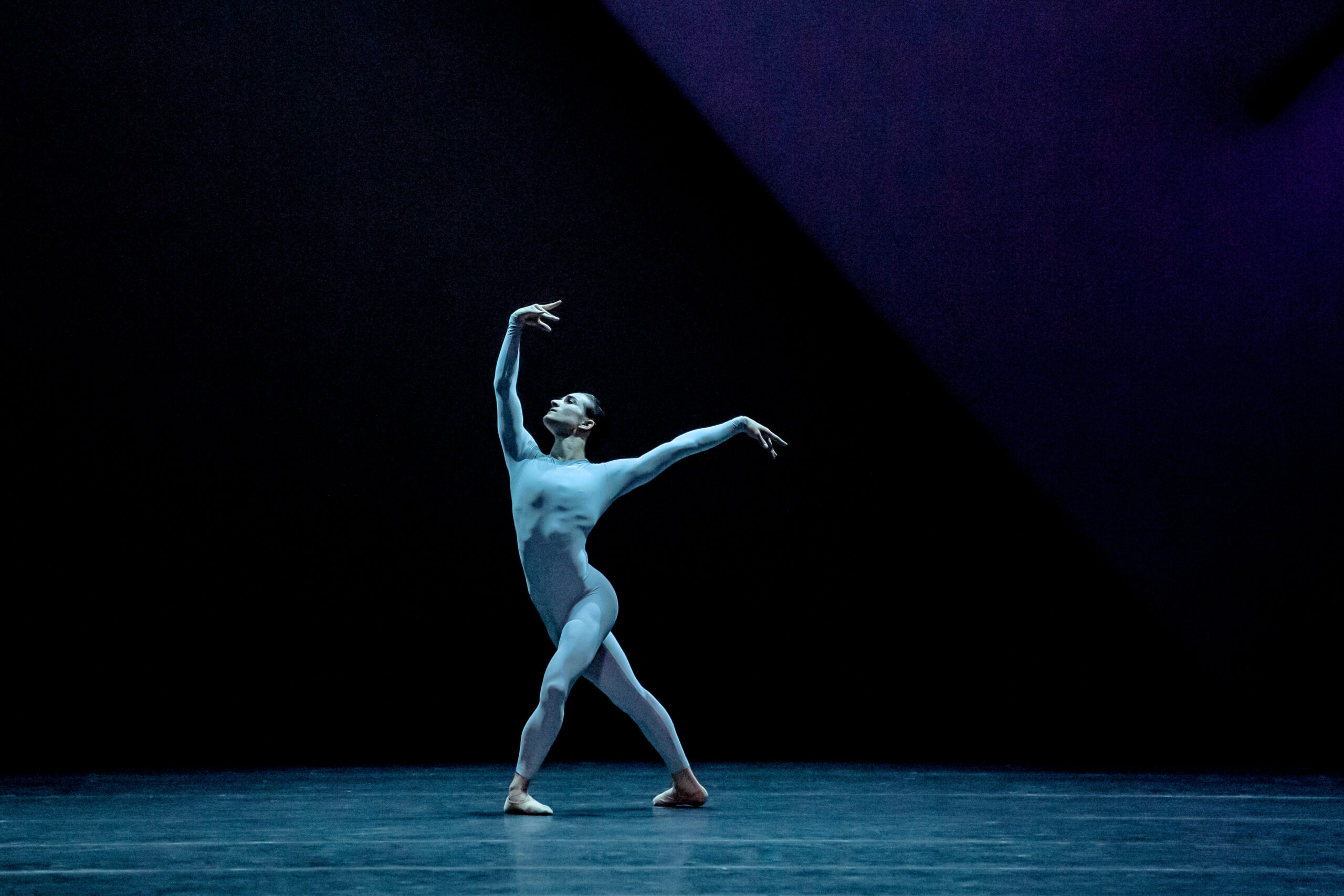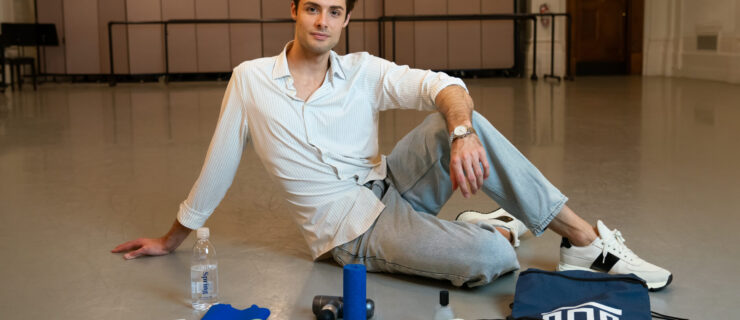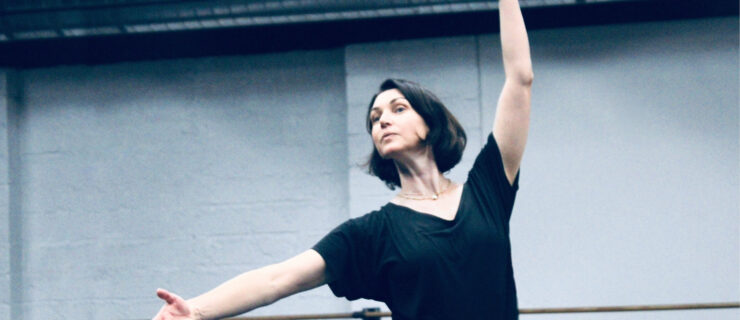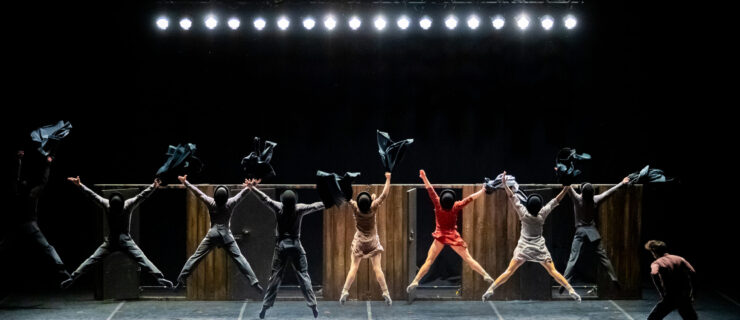Bayerisches Staatsballett’s Shale Wagman on Resilience Through Injury and the Pursuit of Excellence
Shale Wagman has been one to watch ever since he won the Prix de Lausanne in 2018. Since then, the Canadian dancer—who appeared on “Canada’s Got Talent” as a child before pursuing a classical career—has been flooded with exciting opportunities. Initially signing with English National Ballet, he was a candidate in ENB’s 2019 Emerging Dancer competition before leaving the company to perform the role of James in La Sylphide with the Mariinsky Ballet—making him the youngest guest to be invited to perform a principal role with the company.
Afterwards, however, Wagman suffered a devastating career interruption: He developed a stress fracture in his foot that forced him to move home to Canada to rehabilitate. His recovery proved longer than expected, and then the pandemic hit, keeping him offstage for nearly 18 months. Despite this, he’s now back and better than ever: having only joined Munich’s Bayerisches Staatsballett in 2021, Wagman was promoted to first soloist last summer.
Initially training in jazz, tap, acrobatics, hip hop and lyrical, Wagman only started ballet as a teenager. He disliked it until his mother introduced him to the Youth America Grand Prix documentary First Position. He also met Ukrainian ballet teacher Tatiana Stepanova on the set of a small film he was working on, who taught class with a live pianist and introduced him to Russian ballet. He then started watching Russian dancers on YouTube. “I felt the music and finally understood the beauty of ballet and what it could be,” says Wagman.

After competing at YAGP himself, he received scholarships to schools all over the world. He wanted to attend the Bolshoi Ballet Academy, but after discussing it with his parents and teacher, they decided on Monaco’s Princess Grace Academy: It was a smaller school, where he could get individualized attention. “I was only 14. I think they felt it was a lot safer to send a young boy to Monaco than Moscow.” In Monaco, Wagman was inspired to be surrounded by other like-minded students. “The quality that was asked of us was extremely high. We were taught how to express our artistry in a very tasteful way.”
This rigorous training served him well at the 2018 Prix de Lausanne, which led to his first professional contract at English National Ballet. Wagman had multiple job offers, including Stuttgart and The Royal Ballet. But after discussing it with Princess Grace Academy principal Luca Masala, he felt that ENB would offer opportunities to dance small solo roles from the beginning. “As dancers, there’s a ticking time bomb on our bodies,” says Wagman. “It’s imperative for us to get experience at a young age.” It paid off: While at the company, he danced roles including the Neapolitan pas de deux and the pas de trois in Derek Deane’s Swan Lake, the Beggar Chief in MacMillan’s Manon, and the male Frida in Annabelle Lopez Ochoa’s Frida. After a year at ENB, however, Wagman decided to leave. He says the company wasn’t the best place for him to thrive.
Though risky, Wagman’s departure was followed by an offer to perform the role of James in La Sylphide with the Mariinsky Ballet—he had been invited to take class with them shortly before, while performing in the Dance Open gala. “I was so overwhelmed, I couldn’t believe that it was happening,” says Wagman, then only 19. His partner was principal Olesya Novikova, a dancer he’d long admired. “It was everything to me.”

Wagman stayed in St. Petersburg for two weeks, receiving personal coaching from revered répétiteurs Vladimir Kim and Gabriela Komleva. “They took great care of me,” says Wagman. While he got slightly worried before his performances on one of the world’s most prestigious ballet stages, his nerves weren’t overwhelming: “During the performance, I was living.”
Wagman was soon hit with a hard dose of reality, however: Over the course of the performances, he developed a stress fracture in his foot. He returned home to suburban Toronto in July 2019 to recover; two jobs he had lined up fell through as a result, leaving him unemployed. “I lost everything I had worked for,” he says.
Wagman didn’t have much structure to his days at the beginning of his rehabilitation. “I was told not to drive, not to walk, and to limit all physical activity.” Gradually, he began going to the gym and lifting weights; a few months later he traveled to Arizona for six weeks to work with dance physical therapist Itamar Stern. “I started doing barre very slowly, and my stress fracture started to feel better.” Through his rehab, however, Wagman started to feel pain from a previous injury, which prolonged his recovery. “I had to start from zero again to heal it fully,” he says. By March 2020, the pandemic shutdowns forced companies to cancel their seasons. No one was hiring, leaving him further in limbo.
“I never imagined myself to be in that situation,” says Wagman. “Dance is my entire being. It’s meditational, it transcends me, and it’s my way of connecting to God.” But he carried on, training almost every day with Stepanova to get back to full strength. “There was no plan B. Never at any point during that injury did I want to give up.”
While Wagman calls this period the hardest in his life, he concludes that it was probably necessary. “I took a risk when I left ENB. Ultimately, I had to suffer the consequences,” he says. “That’s who I am. I’m a risk taker.” During this time, he says, he learned to trust the twists and turns of life to “divine timing.” He developed new ways of moving, and ironed out “strange habits,” which he attributes to his background in contemporary and acrobatics.
Wagman’s dark chapter came to a close when, after auditioning, he was invited to join Munich’s Bayerisches Staatsballett in 2021. At first, he says, he was just “so grateful to have a job.” But he was also attracted to the company’s diverse repertoire. “The theater, which is absolutely stunning, was also a massive selling point,” he says. “Sometimes I just sit in the auditorium during my break, meditate and grasp the energy.”
Following his recent promotion to first soloist, Wagman has danced roles including Mercutio in Romeo and Juliet, Franz in Coppélia and the principal man in “Rubies.” He’s also enjoyed working on new creations with visiting choreographers such as David Dawson, Marco Goecke and Alexei Ratmansky. “I love that at Bayerisches, we are able to create new work, while also keeping the purity and the beauty of classical ballet in our house repertoire.”
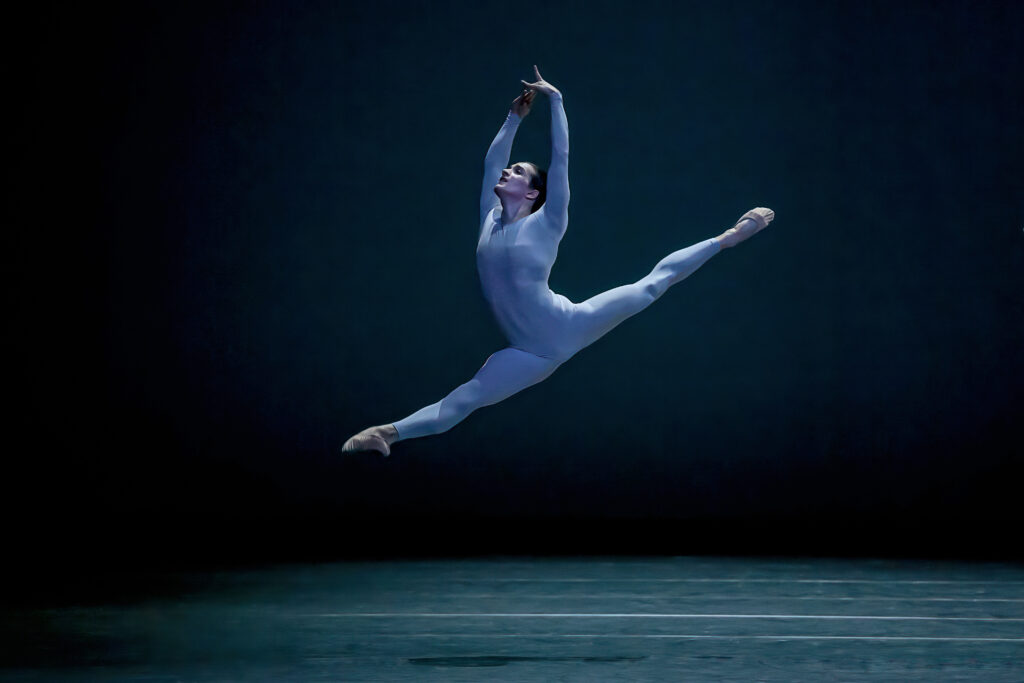
When asked about his dreams for the future, Wagman’s more keen to discuss the need to maintain standards in ballet than his personal ambitions. He’s concerned that some companies are more busy with producing shows than coaching dancers to pursue excellence. To aspiring professional dancers, he stresses that “it has to be about your love and care for the art form. Never lose sight of your imagination and your desire to bring ballet forward. Don’t treat this profession as a 9-to-5 job. I’ve witnessed that, and it’s heartbreaking. It’s against the nature of what we do.” For Wagman, ballet goes beyond the means of human interaction and expression. “Nothing else in this world expresses so much. I try extremely hard to be motivated to expect a certain standard and quality. I’ll never settle for less.”
